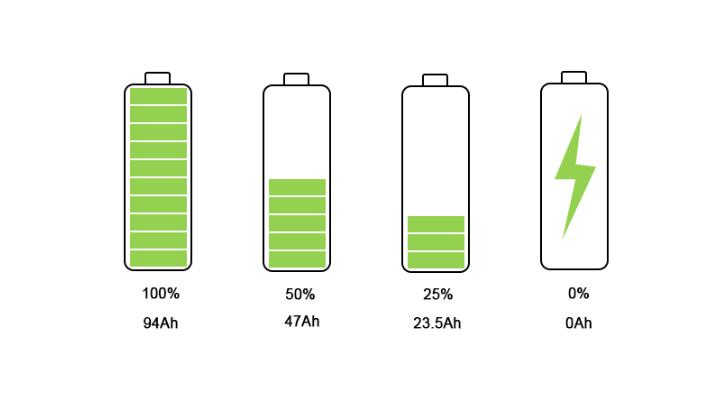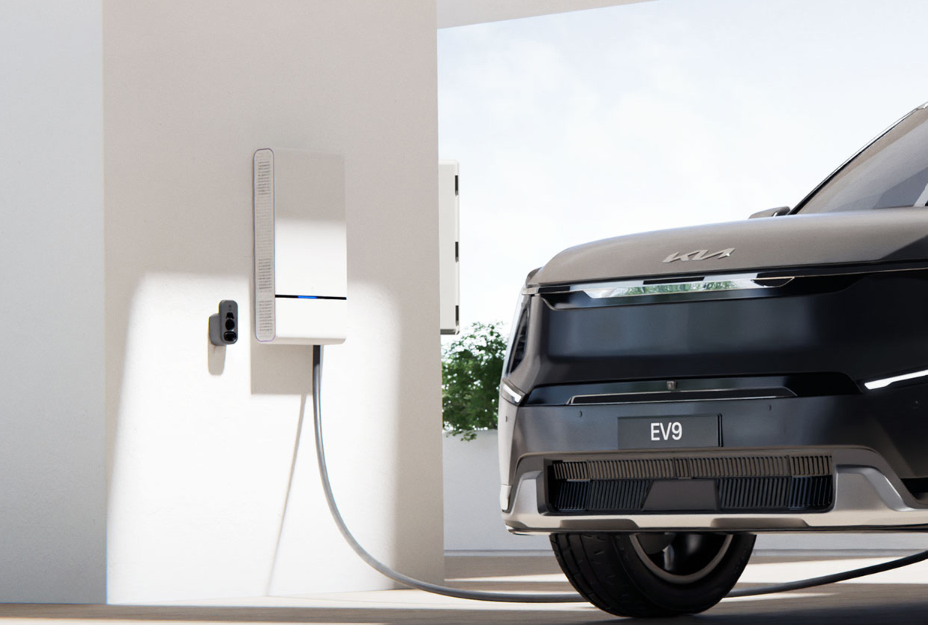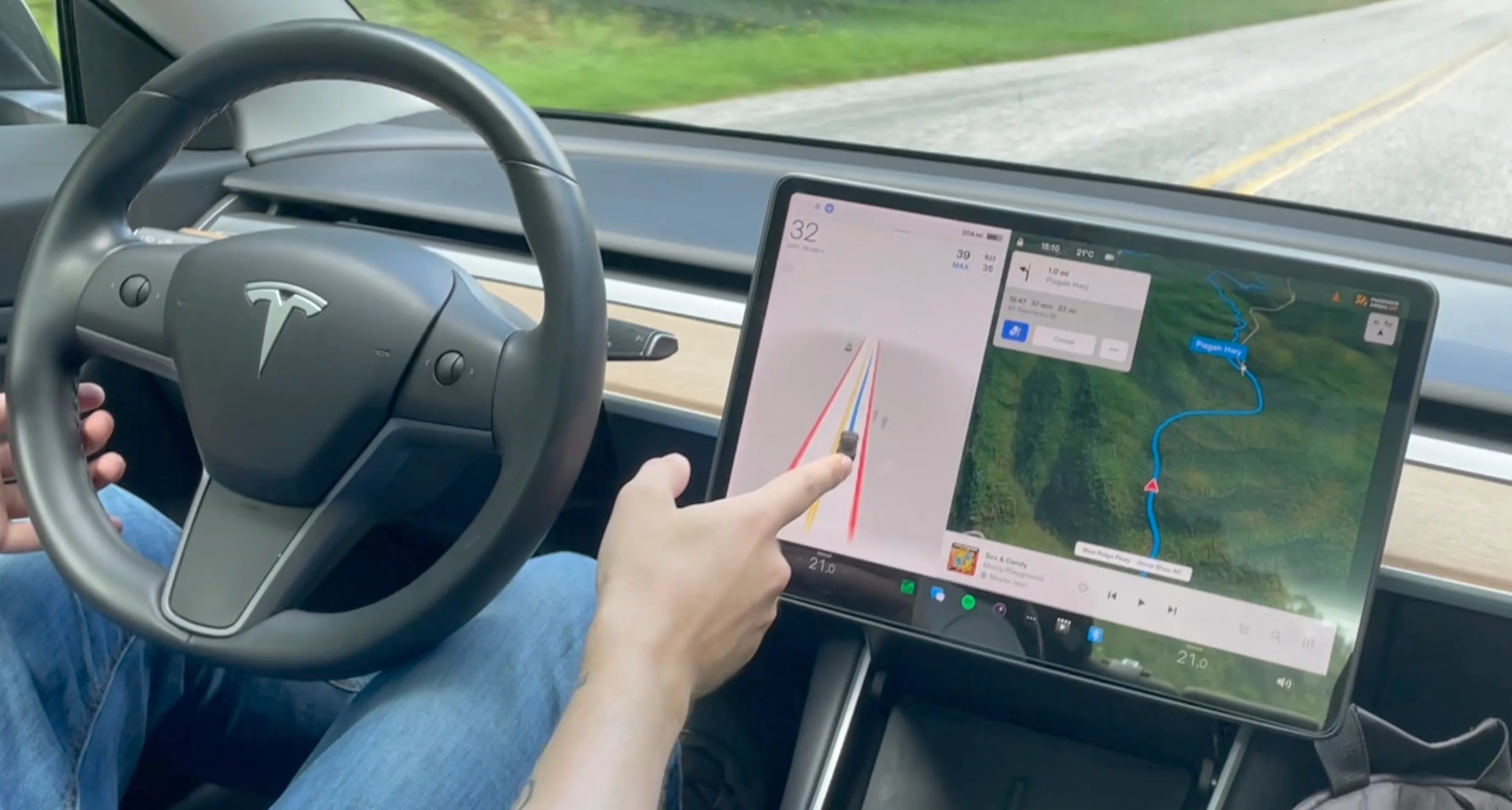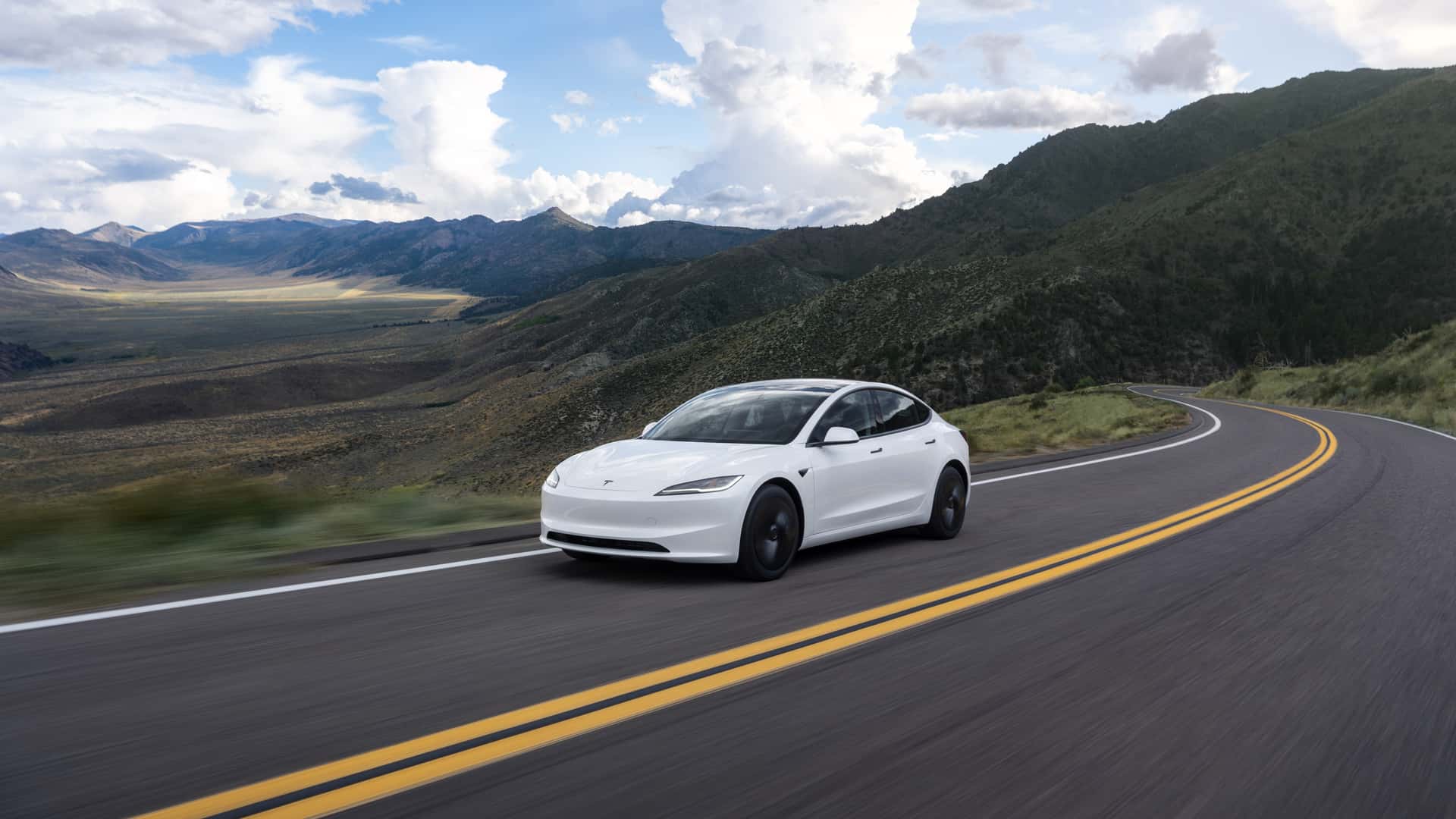Avec la démocratisation des véhicules électriques (VE), comprendre l'interaction entre la capacité de la batterie et la vitesse de charge n'a jamais été aussi important. Que vous envisagiez votre premier VE ou que vous optimisiez votre système de recharge à domicile ou sur la route, adapter vos besoins énergétiques aux capacités de votre véhicule est essentiel pour garantir confort, rentabilité et autonomie de la batterie à long terme.
Comprendre la capacité de la batterie
La capacité de la batterie , mesurée en kilowattheures (kWh), représente la quantité totale d'énergie qu'un véhicule électrique peut stocker. Elle influence directement l' autonomie du véhicule.
| Type de véhicule | Taille de la batterie (kWh) | Gamme typique |
|---|---|---|
| Véhicule électrique compact | 30–45 kWh | 100 à 180 milles |
| Véhicule électrique de taille moyenne | 50–75 kWh | 180 à 270 milles |
| SUV/berline longue portée | 80–110 kWh | 280 à 400 miles et plus |
| Camion électrique | 110–200 kWh | 300 à 500 miles et plus |
La taille idéale de la batterie dépend de plusieurs facteurs :
-
Distance de conduite quotidienne
-
Climat (les climats plus froids réduisent l'aire de répartition)
-
Disponibilité des infrastructures de recharge
Si vos trajets quotidiens font moins de 80 km, même un véhicule électrique compact peut suffire. Pour les voyageurs en voiture ou les conducteurs en zones reculées, des packs plus grands offrent une tranquillité d'esprit et réduisent les arrêts de recharge.
Vitesse de charge : puissance et praticité
La vitesse de charge désigne la vitesse à laquelle l'énergie est délivrée à la batterie , généralement mesurée en kilowatts (kW). Plus la puissance en kW est élevée, plus le véhicule se charge rapidement, jusqu'à la limite de charge du véhicule électrique et du chargeur.
Trois niveaux de charge
| Niveau | Tension / Courant | Puissance (kW) | Temps de charge complète (batterie de 60 kWh) | Cas d'utilisation |
|---|---|---|---|---|
| Niveau 1 | 120 V / 12 A | 1,4 kW | 40 à 50 heures | Prise de courant d'urgence/domestique |
| Niveau 2 | 240 V / 32–48 A | 6–11,5 kW | 5 à 10 heures | Recharge domicile/travail |
| DC rapide | 400 V+ / Courant élevé | 50–350+ kW | 20 à 60 minutes | Stations publiques |
Cependant, la vitesse de charge est toujours limitée par le composant le moins performant : votre véhicule électrique, la borne de recharge ou la source d'alimentation.
Limites de recharge des véhicules
Chaque véhicule électrique a une vitesse de charge maximale qu'il peut accepter :
-
Nissan Leaf : ~50 kW CC
-
Hyundai IONIQ 5 : 230 kW CC
-
Tesla Model 3 : 250 kW CC
-
Chevy Bolt : ~55 kW CC
Si vous branchez un véhicule électrique de 55 kW sur une borne de recharge de 250 kW, vous n'obtiendrez toujours que 55 kW. Par conséquent, payer trop cher pour des bornes ultra-rapides pourrait ne pas profiter aux véhicules électriques plus lents.
Comment évaluer vos besoins
1. Profil d'utilisation quotidienne
Si vous conduisez moins de 160 km par jour, vous n'avez probablement pas besoin d'une recharge rapide en courant continu tous les jours. Un chargeur domestique fiable de niveau 2 peut être largement suffisant.
2. Voyages longue distance
Les usagers réguliers de l'autoroute ou les voyageurs devraient privilégier les véhicules dotés d'une batterie de grande capacité et d'une capacité de charge rapide (150 kW et plus). Cela réduit les temps d'arrêt lors des trajets.
3. Disponibilité temporelle
Si vous stationnez votre véhicule pendant plus de 8 heures la nuit, une recharge à domicile plus lente est souvent idéale. Mais si vous comptez recharger votre véhicule rapidement tout au long de la journée, la vitesse devient essentielle.
4. Réseau local et infrastructures
Avez-vous accès à une alimentation 240 V à domicile ? Des bornes de recharge rapide CC sont-elles disponibles dans votre région ? L'infrastructure joue un rôle essentiel pour optimiser les capacités de votre véhicule électrique.
Vitesse de charge vs état de la batterie
Bien que la charge rapide soit pratique, une utilisation excessive peut accélérer la dégradation de la batterie à long terme. Les experts recommandent :
-
Utilisation de chargeurs de niveau 2 pour la charge de routine
-
Limiter la charge rapide en courant continu aux longs trajets
-
Éviter de charger à 100 % quotidiennement, sauf si nécessaire
-
Maintenir une plage de charge entre 20 et 80 % pour la longévité de la batterie
De nombreux véhicules électriques modernes disposent d’un logiciel intégré pour réguler le comportement de charge et protéger la santé de la batterie.
Choisir la bonne configuration de chargeur
Pour répondre aux besoins de charge de votre véhicule électrique, tenez compte de :
| Type de véhicule électrique | Configuration de charge idéale |
|---|---|
| Navetteur urbain (30–50 kWh) | Niveau 1 ou niveau 2 de base (3,6–7,2 kW) |
| Voiture familiale (60–75 kWh) | Chargeur domestique de niveau 2 (7,2–11,5 kW) |
| Véhicule électrique pour road trip (80–110+ kWh) | Niveau 2 + accès aux chargeurs rapides (150–250 kW) |
| Véhicules électriques de flotte/commerciaux | Infrastructure DC haut débit dédiée |
N'achetez pas simplement le plus gros chargeur : achetez-en un qui correspond à la puissance maximale de votre véhicule et à votre style de vie.
Réflexions finales
Trouver le juste équilibre entre la capacité de la batterie et la vitesse de charge est essentiel pour une expérience de conduite électrique efficace. Une autonomie trop faible peut être source d'anxiété, mais une autonomie trop importante peut s'avérer inutile (et coûteuse). De même, la recharge ultra-rapide peut sembler attrayante, mais tous les véhicules ne la prennent pas en charge et tous les conducteurs n'en ont pas besoin.
En comprenant vos besoins de conduite quotidiens, les spécifications des véhicules électriques et l’environnement de recharge local, vous pouvez faire des choix intelligents et évolutifs qui améliorent la commodité sans payer trop cher.
Auteur : Lay Wen
Lecture recommandée : Comment la recharge intelligente et la maintenance proactive peuvent prolonger la durée de vie de la batterie des véhicules électriques








Partager:
Quelle est l'autonomie d'une IONIQ 5 avec une charge complète ?
Meilleurs véhicules électriques de juillet 2025 : autonomie, leasing et avantages